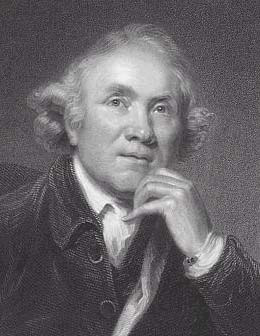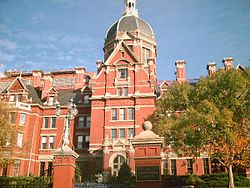
My wife and I spent Christmas week in London. We planned ahead and saw quite a bit. I highly recommend visiting Churchill’s war rooms in which he and his staff managed Great Britain’s WWII activities.
I did have one disappointment: the Hunterian Museum of the Royal College of Surgeons was closed. I had looked forward to seeing the contents reflecting the life and accomplishments of this remarkable surgeon who arguably set surgery on its path to break from a restrictive and dogmatic use of classical precepts and use observation, experimentation, and experience as guides.
This eighteenth century surgeon of Scottish descent, who never exhibited scholarly tendencies in early years, was clearly part of the Enlightment atmosphere. He got started by working for his brother teaching anatomy and progressed from that beginning by apprenticing with a London surgeon. He eventually became the preeminent surgeon of the day by breaking from the recommended lock-step adherence to precepts, teaching, and anatomical depictions of earlier “authorities” such as Aristotle, and Galen. He replace blind adherence to dogma with learning from experience, experimentation and trial and error. (He incised his penis with secretions from a patient with gonorrhea to prove the route of transmission.) His influence on Surgery was profound and a needed corrective. One of his pupils was Philip Physick who brought Hunter’s philosophy back to America. Physick was a professor of surgery at the University of Pennsylvania and is generally acknowledged to be the father of American Surgery.
Hunter was a bit quirky. He was fascinated by anatomical oddities and collected many which are displayed in the Museum I missed.
There is much more to know about this fascinating man and surgeon. For the interested I highly recommend Wendy Moore’s book about him, “The Knife Man.”

